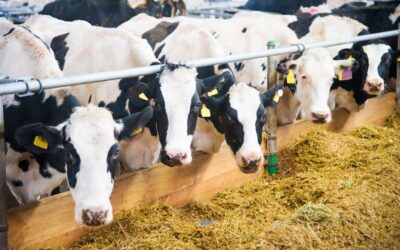Milk “dumping” has been in the news this Spring and Summer in the Midwest and elsewhere in the country. Occasionally, market conditions unfold in such a way that milk can’t find its way into a processing facility. When that happens, dairy producers and/or their handlers must dispose of the milk.
This year, news outlets such as Bloomberg picked up on the story, creating some buzz in the public square. Here in Madison, Wisconsin, WKOW-TV, the local ABC affiliate, asked me to address the topic in an on-camera interview. No one likes to see milk dumped, but I couldn’t pass up a chance to offer some useful context to the overall story. I sat down with reporter, JT Cestkowski to discuss the issue. You can read the interview here. It was a solid exploration of the topic. I’d like to explore one main point that didn’t make the final cut.
There are several reasons why the dairy industry is unique and can find itself in a “dumping” situation:
- Seasonality: Milk production ramps up in March, April, and May, typically cresting around Memorial Day. There’s simply more milk in the Spring than at any other time of the year.
- Perishability: Milk goes bad. Dairy farmers and processors only have so much refrigerated on-site storage. Corn growers, crude oil drillers and many other commodity producers can store their product if they don’t have an immediate market or don’t like the price. That’s just not possible with milk.
- Biology: We’re dealing with live animals here. If we’re making too many widgets in the factory or pumping too much crude oil, we can slow things down. With dairy cows, we just cannot go into the barn and say “hey, let’s cut back a little” or idle a shift.
As the WKOW-TV clip covers, this year fewer exports and labor issues at processing facilities contributed to the surplus. But as also noted, warmer weather and additional demand created by low prices has put this episode in the rearview.


